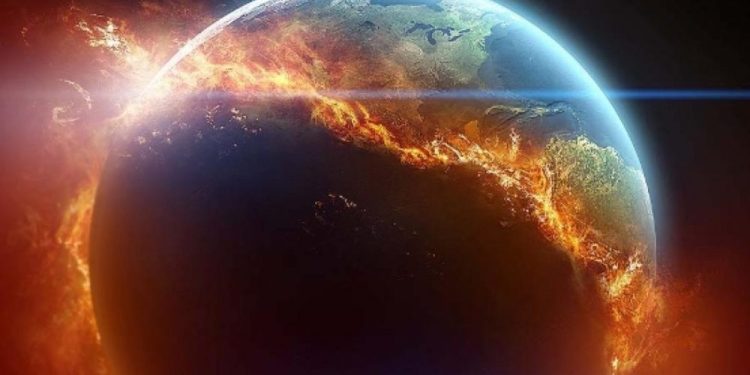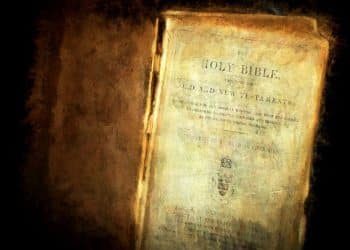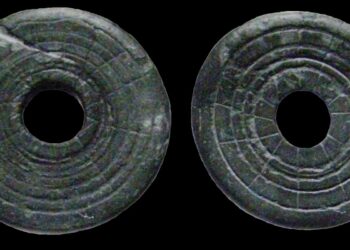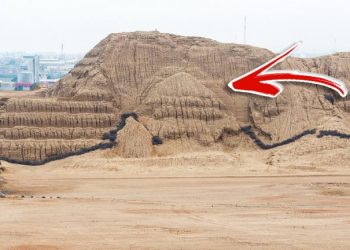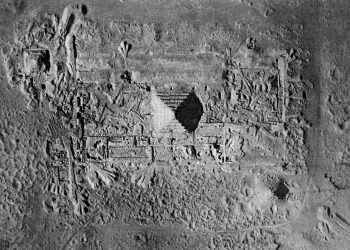The Younger Dryas comet impact hypothesis presents one of the most dramatic explanations for a global cataclysm near the end of the last Ice Age. Around 12,800 years ago, a cosmic object may have shattered in Earth’s atmosphere, igniting wildfires, altering the climate, and possibly reshaping the course of human history.
Did a comet end the Ice Age world?
Roughly 12,800 years ago, something extraordinary happened to the Earth. The planet, which had been steadily warming since the end of the last glacial maximum, suddenly plunged into a sharp and unexplained cold snap. Known as the Younger Dryas, this abrupt climatic reversal lasted over a thousand years, bringing with it a wave of environmental upheaval.
For decades, scientists have debated what caused this sudden change. One controversial but persistent idea is that a fragmented comet or cosmic body struck the Earth, triggering a series of events that included massive wildfires, species extinctions, and even the collapse of early human cultures. This idea is known as the Younger Dryas comet impact hypothesis.
While much of the physical evidence has been documented in the Northern Hemisphere, research over the past decade has suggested the impact may have had truly global consequences—extending all the way to the southernmost regions of South America.
A black mat, spherules, and vanished megafauna
In southern Chile, at a site called Pilauco Bajo, a team of Chilean and American researchers uncovered a curious layer of black, carbon-rich sediment dated to about 12,800 years ago. This “black mat” layer matches the signature of similar deposits found across North America and parts of Europe—sediments that coincide with a period of intense biomass burning and extinction.
What makes the Pilauco Bajo site so important is its location—more than 41 degrees south of the equator. Until this discovery, nearly all Younger Dryas impact-related evidence had come from the Northern Hemisphere. The Chilean site offered a critical piece of the puzzle: confirmation that something extraordinary also occurred in the Southern Hemisphere at precisely the same time.
According to UC Santa Barbara geologist emeritus James Kennett, one of the co-authors of the study, the findings were “much more extreme than I ever thought when I started this work.”
Within the Pilauco sediments, researchers found tiny microscopic spherules—glass-like particles that form under extreme heat, likely produced when cosmic material vaporizes upon atmospheric entry. These spherules were rich in elements like platinum, gold, and chromium—an unusual chemical signature not easily explained by local geological activity alone.
“Among the most important spherules are those that are chromium-rich,” Kennett noted.
“It turns out that volcanic rocks in the southern Andes can be rich in chromium, and these rocks provided a local source… thus, the cometary objects must have also hit South America.”
Nearby fossil evidence added to the mystery: the same sediment layer corresponds with the sudden disappearance of Pleistocene megafauna—giant animals like horses, gomphotheres, and saber-toothed cats—and with human cultural artifacts vanishing from the archaeological record.
Firestorms, climate shifts, and global echoes
If the Younger Dryas comet impact hypothesis is correct, it paints a picture of near-instant planetary disruption. A massive cosmic object, likely fragmented and spread over a large area, could have rained fiery debris across the globe. The resulting heat would have ignited wildfires on a scale never seen in human history, sending massive quantities of soot and aerosols into the atmosphere. The climate, already in flux, may have responded with sudden cooling—a feedback loop of chaos.
This could explain the onset of the Younger Dryas cooling event, the extinction of large land animals, and the cultural interruptions seen in early human populations.
While critics argue that much of the evidence remains circumstantial or open to alternative explanations—such as volcanic eruptions or gradual climate variability—the impact hypothesis continues to gain attention, especially as more global sites yield similar data patterns.
The scientific community remains divided. But as more layers of sediment, spherules, and strange chemical markers are uncovered, the possibility that a comet changed the trajectory of the planet—and perhaps human civilization itself—feels increasingly worth considering.
A global story written in fire
If a comet did indeed strike Earth 12,800 years ago, the event may have left more than scars in the sediment—it may have written itself into human memory. Myths of fire from the sky, sudden darkness, and vanishing worlds are found in cultures around the globe. While speculative, some researchers believe these ancient stories may echo real, collective experiences of a prehistoric cataclysm.
The Younger Dryas comet impact hypothesis invites us to rethink the fragility of early human history and the powerful role cosmic events may play in shaping our world. In the end, it may not just be a story of fire and extinction—but of survival, memory, and renewal.



